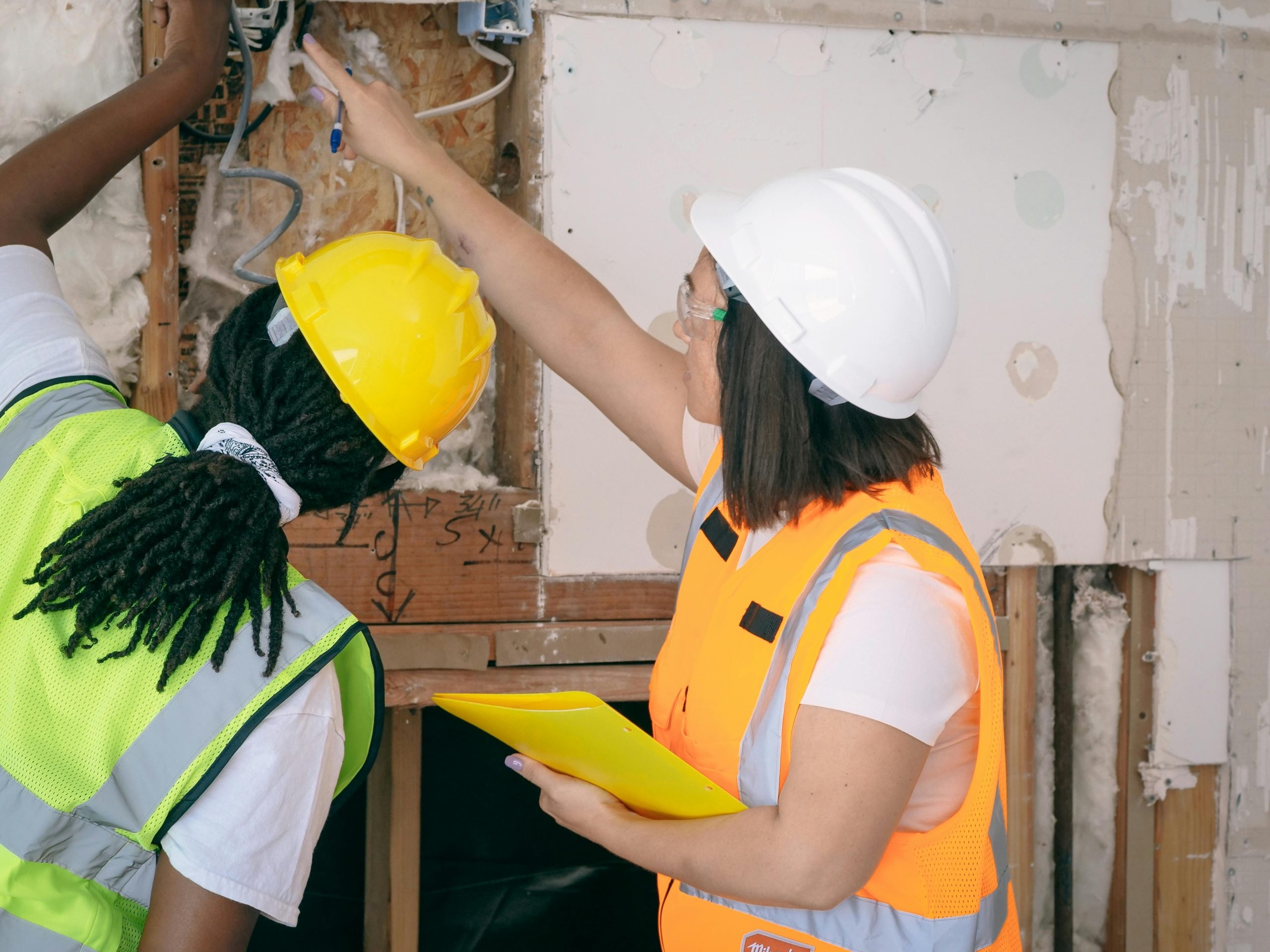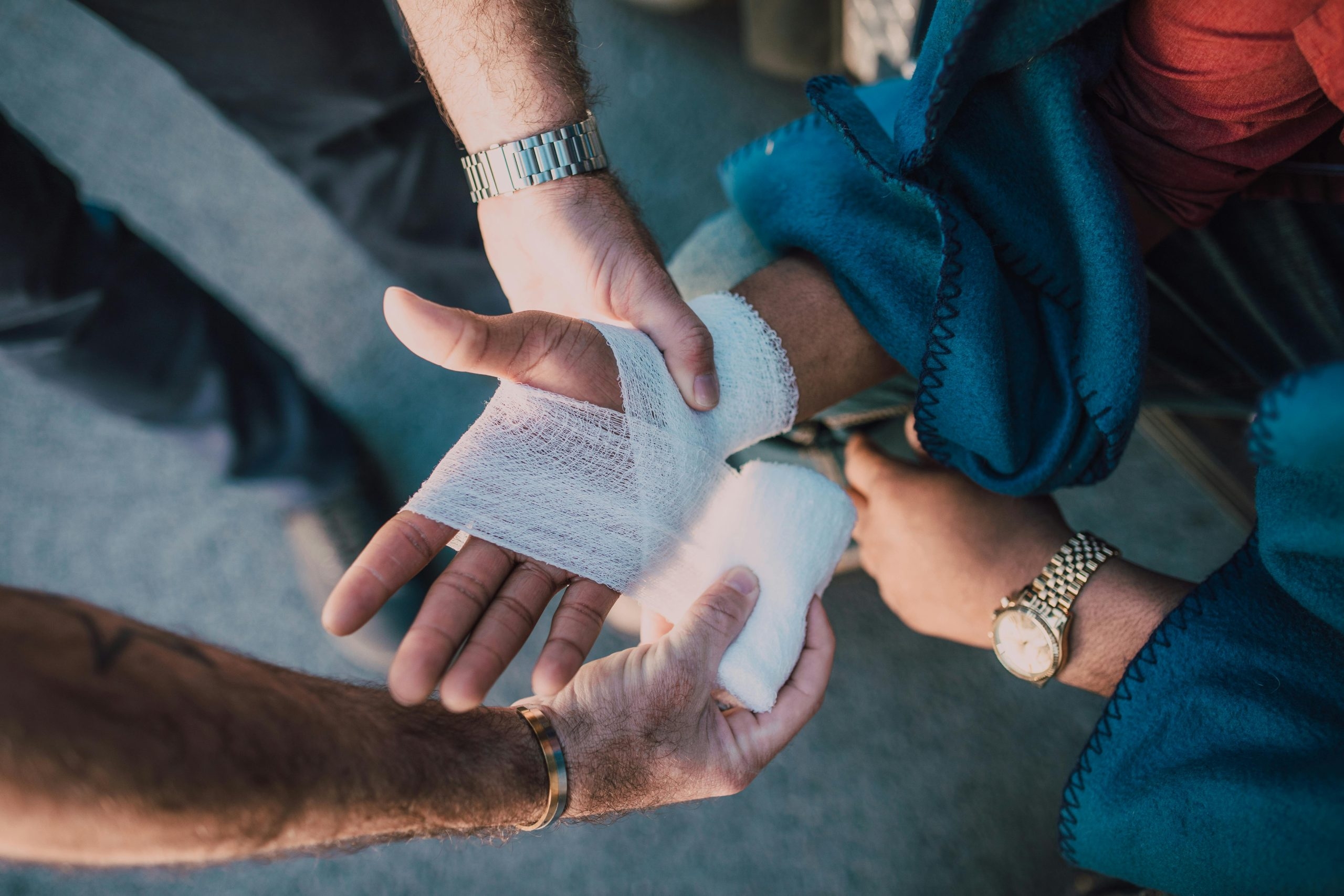We wanted to bring your attention an essential item that can help you and your employees stay prepared during emergencies – the Emergency Grab Bag.
The HSE (Health and Safety Executive), the regulatory body responsible for promoting health and safety in the workplace in the UK, does not have a specific view or official guidance on emergency grab bags. However, the HSE emphasises the importance of emergency preparedness and encourages employers to have appropriate emergency plans and procedures in place. This may include provisions for evacuation, communication, first aid, and other measures to ensure the safety and well-being of employees during emergencies.
What is an Emergency Grab Bag?
A Workplace Emergency Grab Bag is an essential kit that contains vital items to assist you during emergency situations. It is designed to be easily accessible and kept in a designated location within the workplace, ensuring that you have the necessary resources readily available in case of an emergency.
Why is an Emergency Grab Bag Important?
Emergencies can strike unexpectedly, they could be some unforeseen events such as fire, power outages or civil emergencies. By having a thoughtfully packed Emergency Grab Bag, you can:
- Ensure personal safety: Having essential supplies readily available can help you and your employees stay safe during an emergency, providing comfort and peace of mind.
- Save valuable time: During an evacuation, time is of the essence. Having a grab bag eliminates the need to search for and gather necessary items, allowing you to focus on leaving quickly and safely.
What Should You Include in an Emergency Grab Bag?
While the contents of a grab bag may vary based on your specific workplace and potential risks, here are some essential items to consider:
- First aid kit: Include basic medical supplies like bandages, wound dressings, antiseptic wipes, gloves, and any necessary medications.
- Emergency communication tools: Include a battery-powered radio, spare batteries, a loud hailer with batteries and a whistle to aid communication during emergencies.
- Flashlights and glow sticks: Ensure you have a reliable light source, such as flashlights or glow sticks, to navigate dark or smoke-filled areas. Consider including a wind-up torch as a backup.
- Emergency blankets and ponchos: Pack lightweight foil blankets and ponchos to provide warmth and protection from the elements.
- Non-perishable food and water: Include nutrition bars, boiled sweets, energy snacks, and bottled water to sustain you until help arrives or until you can safely evacuate.
- Business Continuity Plan and Emergency Evacuation Plan: The Business Continuity Plan outlines strategies and procedures for maintaining essential business operations during emergencies. The Emergency Evacuation Plan provides instructions for the safe evacuation of employees from the workplace.
- Floor plans and keys/access codes: Include laminated floor plans of the building, clearly indicating electricity isolation switches, gas shut-off valves, and mains water isolation valves. Keys and access codes should be available to unlock emergency exits, doors, and gates, enabling quick and safe evacuation routes.
- Emergency contact information: Keep a list of emergency contacts, including local emergency services, company management, and designated workplace emergency personnel.
- Water-resistant document pouch and map case: Use these to protect important documents and papers from water damage.
- Armbands/Hi-V vests and Cordon Tape: Consider including brightly coloured armbands or Hi-V vests to enhance visibility and identify individuals with specific roles or responsibilities during emergencies. Cordon tape can be used to mark off and restrict access to specific areas.
- Additional supplies: Depending on your workplace environment, you may want to include items such as personal protective equipment (e.g., gloves, boots), petty cash, a portable phone charger, a notepad, and a pen.
Remember, the Emergency Grab Bag is intended to provide immediate support until emergency services arrive. It is essential to familiarise yourself with the location of emergency exits, assembly points, and emergency response procedures specific to your workplace.
Regularly Review and Update Your Emergency Grab Bag
While there is no legal obligation regarding the period of review, it is crucial to periodically review and update your grab bag. This ensures that all items are in good condition, functional (e.g., batteries and electronics), and up to date. It is important to rotate food and water supplies, update contact information, and consider seasonal adjustments based on your location. This demonstrates your commitment towards health and safety preparedness.






